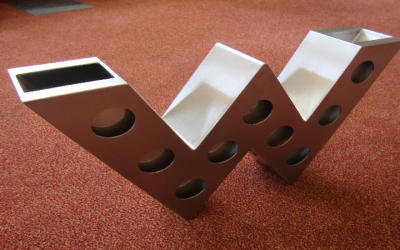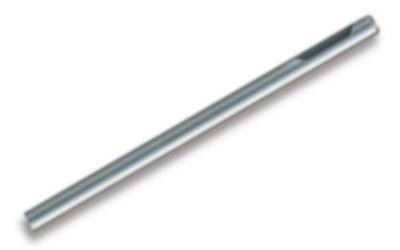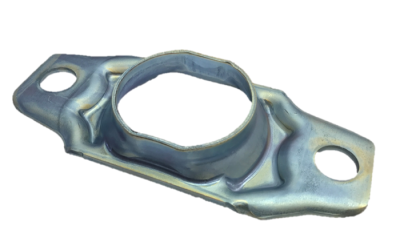In any metalworking workshop, precision and safety are paramount. One crucial step in ensuring both is the process of deburring, which involves removing rough edges or ridges left on metal parts after machining. This not only enhances the aesthetic appeal and functionality of the metal parts but also prevents potential injury from handling sharp edges. To achieve this, various Metal Deburring Tools are employed, each designed to tackle specific types of burrs and metal finishes. Understanding these tools and their applications can significantly boost your workshop’s efficiency and product quality.
Types of Metal Deburring Tools
Metal deburring tools come in various forms, each suited to different deburring processes:
- Hand Deburring Tools: These are simple, handheld tools used for quick and easy removal of burrs. They are ideal for small jobs or intricate work where precision is key. Examples include deburring blades, scrapers, and files.
- Rotary Deburring Tools: These tools are attached to rotary tools or drills. They are used for larger or more complex deburring tasks. Rotary deburring tools include burr bits, grinding stones, and wire brushes.
- Vibratory Finishing Machines: For bulk deburring, vibratory finishing machines use vibrations and abrasive media to smooth and finish metal parts. This method is efficient for handling large quantities of small to medium-sized parts.
- Abrasive Belts and Discs: These are used with power tools or bench grinders to remove burrs from metal pieces. They are effective for soft and hard metals and can handle larger burrs.
Choosing the Right Tool
Selecting the right deburring tool depends on several factors:
- Material Hardness: The hardness of the material being deburred will determine the type of tool you need. Harder metals require more robust tools with durable abrasives.
- Complexity of the Part: The geometry and size of the part will influence your choice. Intricate parts might require hand deburring for detailed work, whereas simple parts could be processed in a vibratory finishing machine.
- Finish Quality Required: The desired finish of the part also plays a role. For high-precision parts, more meticulous deburring methods like hand finishing might be necessary.
Safety and Maintenance Tips
Using metal deburring tools requires adherence to safety standards to prevent accidents and ensure longevity of the tools:
- Wear Protective Gear: Always wear appropriate safety gear, including gloves and eye protection, when deburring.
- Regular Maintenance: Keep your tools clean and sharp. Regularly check for wear and replace parts or tools as needed.
- Proper Training: Ensure all operators are trained in the safe and effective use of deburring tools.
Conclusion
Metal deburring tools are essential for enhancing the safety, functionality, and aesthetic of machined parts. By choosing the appropriate tool for the material, part complexity, and required finish, you can optimize your workshop’s operations and ensure high-quality results. Remember to prioritize safety and maintain your tools regularly to keep them in optimal condition. With the right tools and techniques, your workshop can achieve efficient and safe metalworking processes, leading to better products and satisfied clients.



